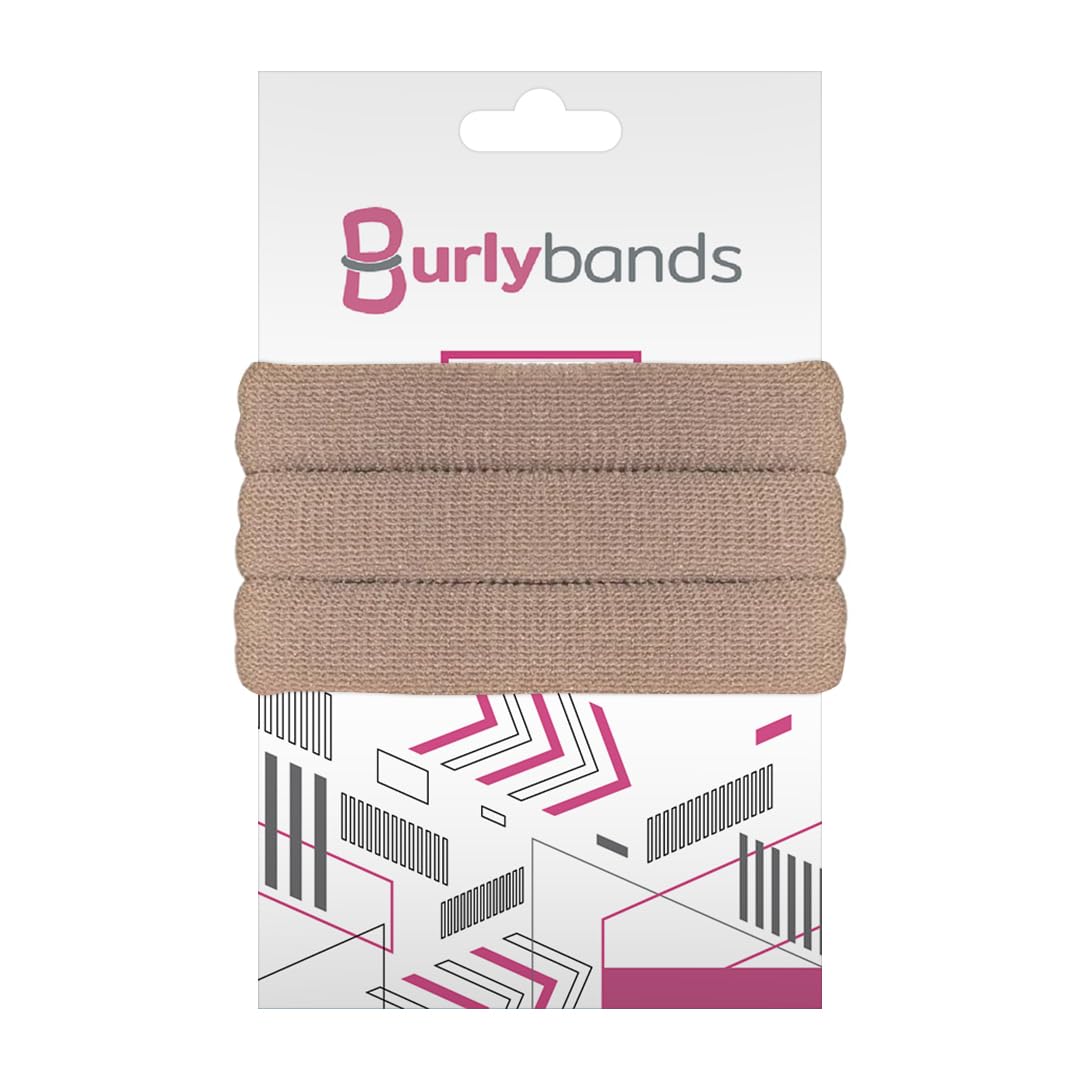Rosemary oil is often called a miracle ingredient for boosting hair growth. Studies and countless personal stories support its effectiveness which is why so many dermatologists and hair care experts recommend it. While you can buy it as a ready-made hair oil, most people prefer to buy rosemary essential oil and mix it with other carrier oils. In this guide, we will show you how to make your own rosemary oil for hair growth at home.
How Does Rosemary Oil Promote Hair Growth?
Credit: Envato Elements/ wirestock
According to studies, rosemary and rosemary essential oils contain essential compounds and antioxidants like ursolic acid, carnosic acid, and rosmarinic acid which are known to reduce inflammation, promote healing, and improve blood circulation in hair follicles all of which are key factors that help in significantly improving hair growth. On top of this, it's also packed with antimicrobial properties that help fight dandruff and keep your scalp clean. According to experts, dandruff can increase hairfall so combatting this is another way to increase hair growth.
How to Make Rosemary Oil
Credit: Envato Elements/ esindeniz
Here's a step-by-step guide on how to make rosemary oil for hair growth:
What You'll Need:
- Fresh rosemary sprigs and leaves (about 1 cup). You can use dried rosemary if fresh is not available.
- Carrier oil (like olive oil, argan oil, castor oil, jojoba oil, extra virgin olive oil or coconut oil)
- Glass jar with a lid
- Fine mesh strainer or cheesecloth
- Small saucepan
- Dark glass bottle for storage
Method #1
- To get rid of any dirt, rinse the fresh rosemary in cool water first if using it. Pat it dry with a paper towel. Make sure the rosemary is completely dry to prevent mold growth. You can skip this step if your rosemary is dried.
- Transfer the carrier oil into a small pot and slowly warm it over low heat. You want it warm but not boiling. Add the dried rosemary leaves to the warm oil. Make sure it's fully submerged.
- Simmer the mixture for approximately 1 hour over low heat. To keep the leaves from adhering to the pan's bottom, stir from time to time.
- Once the oil has simmered, take the saucepan off of the burner and let it cool fully. After the oil has cooled, pour it through cheesecloth or a fine-mesh strainer into a fresh glass jar. Extract as much oil from the rosemary leaves as you can.
- After straining the rosemary oil, transfer it to a dark glass bottle and keep it out of direct sunlight in a cold, dry spot. Strained rosemary oil stays good for several months if preserved.
Method #2
- To get rid of any dirt, give the fresh rosemary leaves a good rinse. Dry them off using a fresh towel.
- Fill the clean glass jar with the dried rosemary leaves. Fill the jar about halfway with rosemary.
- Pour your chosen carrier oil over the rosemary until the jar is almost full. Make sure all the rosemary is submerged in the oil.
- Seal the jar tightly with the lid.
- For roughly 4 to 6 weeks, keep the jar in a warm, dark place—a cupboard, perhaps. Every few days, give the jar a gentle shake to aid with the infusion process.
- After 4 to 6 weeks, remove the rosemary leaves from the oil by straining it through cheesecloth or a colander.
- Pour the rosemary-infused oil into a dark glass bottle for storage.
Helpful Tips for Making Rosemary Oil
Credit: Envato Elements/ wirestock
- If your DIY rosemary oil tends to get spoilt easily, add a few drops of Vitamin E oil.
- Consider adding other beneficial herbs like lavender, thyme, or peppermint to your rosemary oil.
- Try out a variety of carrier oils to see which suits your hair type the best. For instance, jojoba oil is lighter and better for oily scalps, whereas coconut oil works well for deep conditioning.
How to Use and Apply Rosemary Oil to the Scalp
Credit: Envato Elements/ zhenny-zhenny
- Transfer a small amount of your homemade rosemary oil into a mixing bowl. A few tablespoons should be enough, depending on the length and thickness of your hair.
- Warm the oil slightly to make it more effective.
- Section off your hair. To keep the sections separate, use hair clips.
- Apply the warm rosemary oil to your scalp by dipping your fingertips into it. Move toward the back starting from the front. Make sure your entire scalp is covered. Pay attention to the places where you notice hair loss or thinning.
- Use circular motions to gently massage the oil into your scalp. Massage for 5 to 10 minutes.
- After massaging, use a wide-tooth comb to distribute the oil from your scalp through the lengths of your hair.
- Give your hair and scalp the oil treatment for at least half an hour. For a more thorough treatment, you can leave it on overnight if you have the time. To stop oil stains on your pillows, cover your hair with a towel or a shower cap.
- Use a gentle shampoo to thoroughly wash your hair after the treatment. To get rid of all the oil, you might need to shampoo twice. Follow with a conditioner.
- Repeat this treatment 2 to 3 times a week.
Summary
Making your own rosemary oil for hair growth is easy. Add this DIY treatment to your hair care routine and enjoy healthier, nourished hair.
Looking for the perfect hair tie to complement your new hair care routine? Burlybands are the solution! Our hair ties are designed to be strong, durable, and gentle on your hair, preventing breakage and maintaining your style all day long. Shop with us today.
 Log in
Log in


















